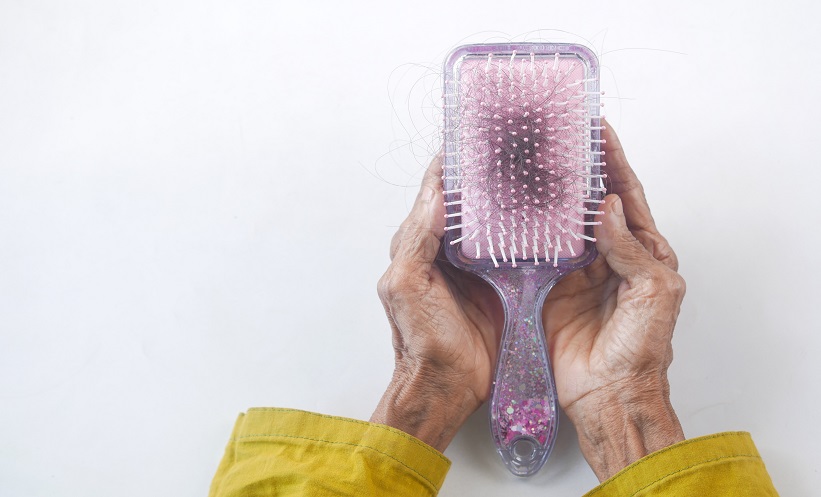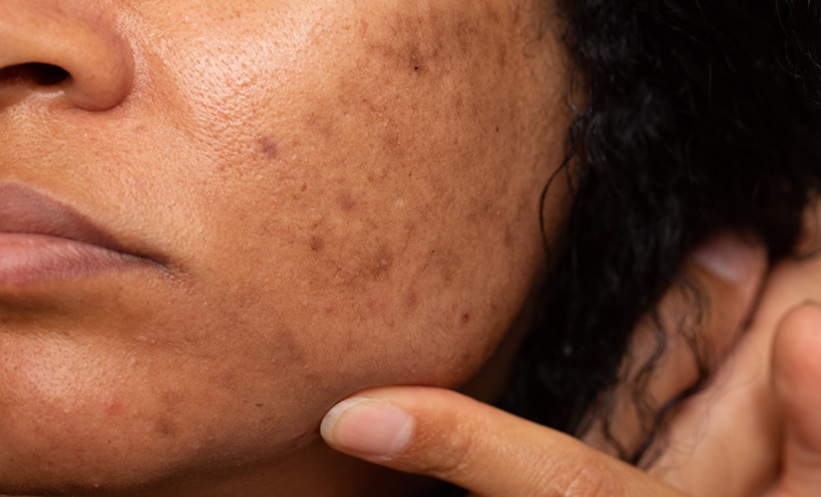ALOPECIA areata (AA), an autoimmune hair loss disorder, arises due to the loss of hair follicle immune privilege. Treatments for AA target the resultant inflammation, preventing further destruction, and allowing the restoration of hair follicle immune privilege. Traditionally, these treatments include local and systemic corticosteroids, immunomodulatory agents, and excimer lasers. However, relapse rates remain high. Cryotherapy also exhibits immunomodulatory properties.
Therefore, the research team, led by Michael Kaiser, University of Miami Miller School of Medicine, Florida, USA, conducted a literature review to investigate cryotherapy as an alternative treatment modality for localised AA. The literature search, performed in September 2022, yielded eight relevant studies. Included studies examined cryotherapy alone as a treatment for AA; compared superficial cryotherapy with intralesional steroid; or examined both superficial cryotherapy with intralesional steroid injection.
Analysis revealed no statistical significance in efficacy between the treatment methods. However, evidence suggested that cryotherapy reduced relapse rates. Additionally, studies have consistently found that patients treated with injection experience higher rates of adverse events, including burning, pruritis, and pain. However, the researchers acknowledge that treatment protocols, such as the number of cycles of cryotherapy used, dosage of intralesional steroids, and patient populations used were highly varied across the studies. Furthermore, some studies examined cases of recalcitrant AA, while others included all cases of AA. Therefore, further research with larger sample sizes and standardised experimental procedures is necessary for the accurate evaluation of cryotherapy as a treatment for AA.
Overall, the authors commented: “The immunomodulatory and vascular effects of cryotherapy have made it an attractive low-cost and safe potential therapeutic modality for AA.” While inconsistencies across the included studies make it difficult to recommend a certain therapeutic protocol, the authors found that a minimum of four treatments involving at least one freeze-thaw cycle, with freezing times lasting at least 8 seconds, tended to yield the best results.








